Are you a Chinese learner curious about Chinese holidays? Learning about China’s national holidays will help you better understand Chinese culture and its people. It is also essential for anyone working in China to know about these holidays to help them decide when they can take a break from work and explore this fascinating country. Here’s a rundown of the six most famous Chinese national holidays, which includes the Chinese New Year, National Day, Mid-Autumn Festival, Labor Day, Dragon Boat Festival, and the Tomb Sweeping Festival.
Long Holidays (One Week or More)
1. Chinese New Year or Spring Festival
春节
Chūn Jié
The most significant national holiday in China is the Chinese New Year, also known as Spring Festival or Chūn Jié. Unlike most countries that celebrate New Year on January 1st, the Chinese New Year, or Lunar New Year, usually falls at the end of January, or the beginning of February, depending on the Chinese calendar. This holiday is a time for family reunions, traditional food, 红包 (hóngbāo) or red packets, and gifts. Millions of people go back to their hometown to see their families and friends. You might find it interesting to know that this festival is responsible for the largest annual human migration in the world. In 2023 alone, an estimated 2 billion people traveled home for a family reunion.
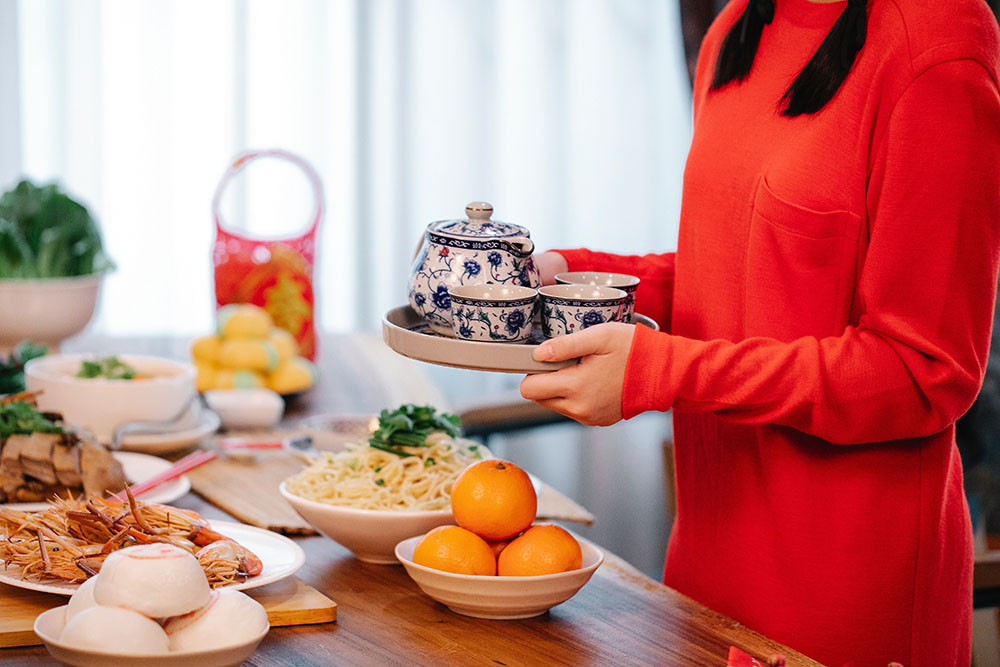
2. National Day Holiday or “Golden Week”
国庆节
Guóqìng Jié
The next holiday on the list is National Day or Guóqìng Jié, which is celebrated every year on October 1st. This holiday marks the establishment of the People’s Republic of China on October 1st, 1949, and is celebrated as a seven-day holiday called the “Golden Week” 黄金周 (Huángjīnzhōu). The most famous event held on National Day is the parade on Tian’anmen Square 天安门广场 (Tiān’ānmén Guǎngchǎng). In recent years, the Golden Week has also become popular for weddings and celebrations.
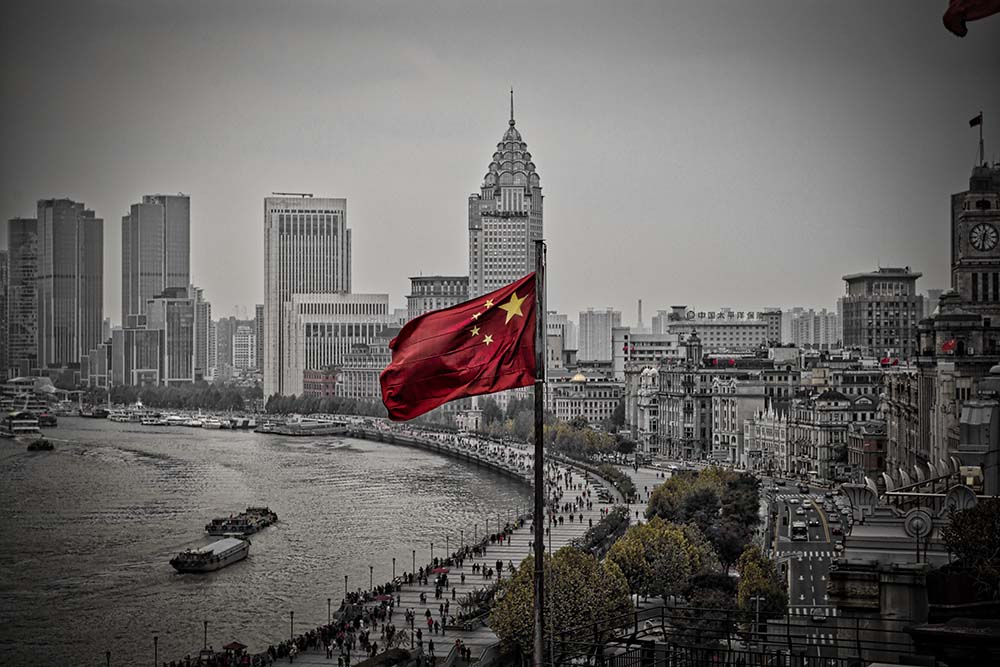
Short Holidays (One day or a Couple of Days)
1. Mid-Autumn Festival
中秋节
Zhōngqiū Jié
Mid-Autumn Festival or Zhōngqiū Jié is another traditional Chinese national holiday celebrated in September. This “legend-related” holiday holds a significant place in Chinese culture and reminds people to get together with their families to admire the full moon. Oh, and did we mention mooncakes 月饼 (yuèbǐng)? Delicious and available in a variety of flavors and colors, they’re a staple during this holiday and a popular treat.
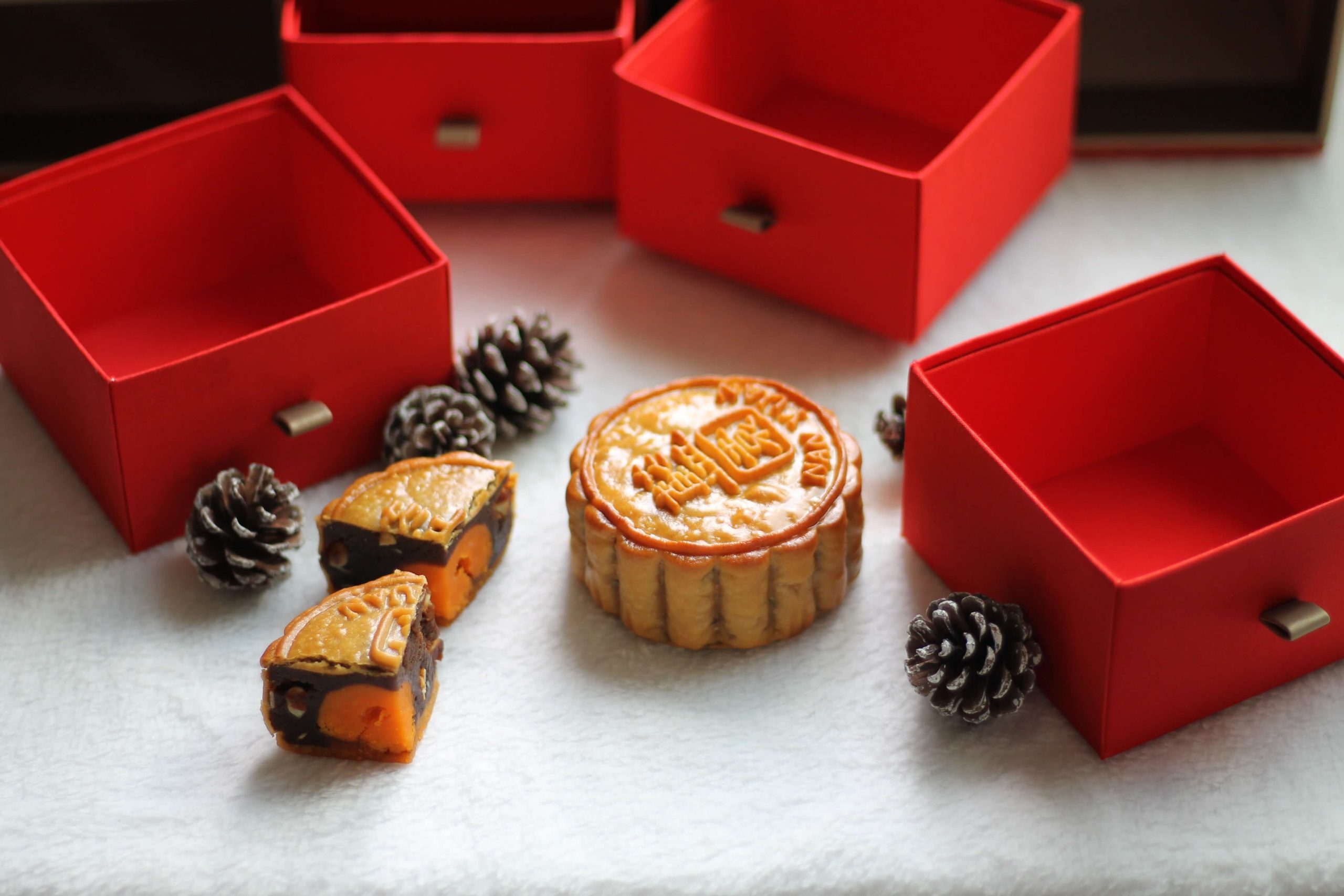
2. Labor Day
劳动节
Láodòng Jié
Labor Day or Láodòng Jié is a national holiday celebrated on May 1st. People have been celebrating this holiday since 1920 to show their awareness of protecting the working class from exploitation. In China, people don’t need to go to work from May 1st until May 3rd. There are no specific public events during the holiday; therefore, many of them take this opportunity to meet up with friends or go for short trips.
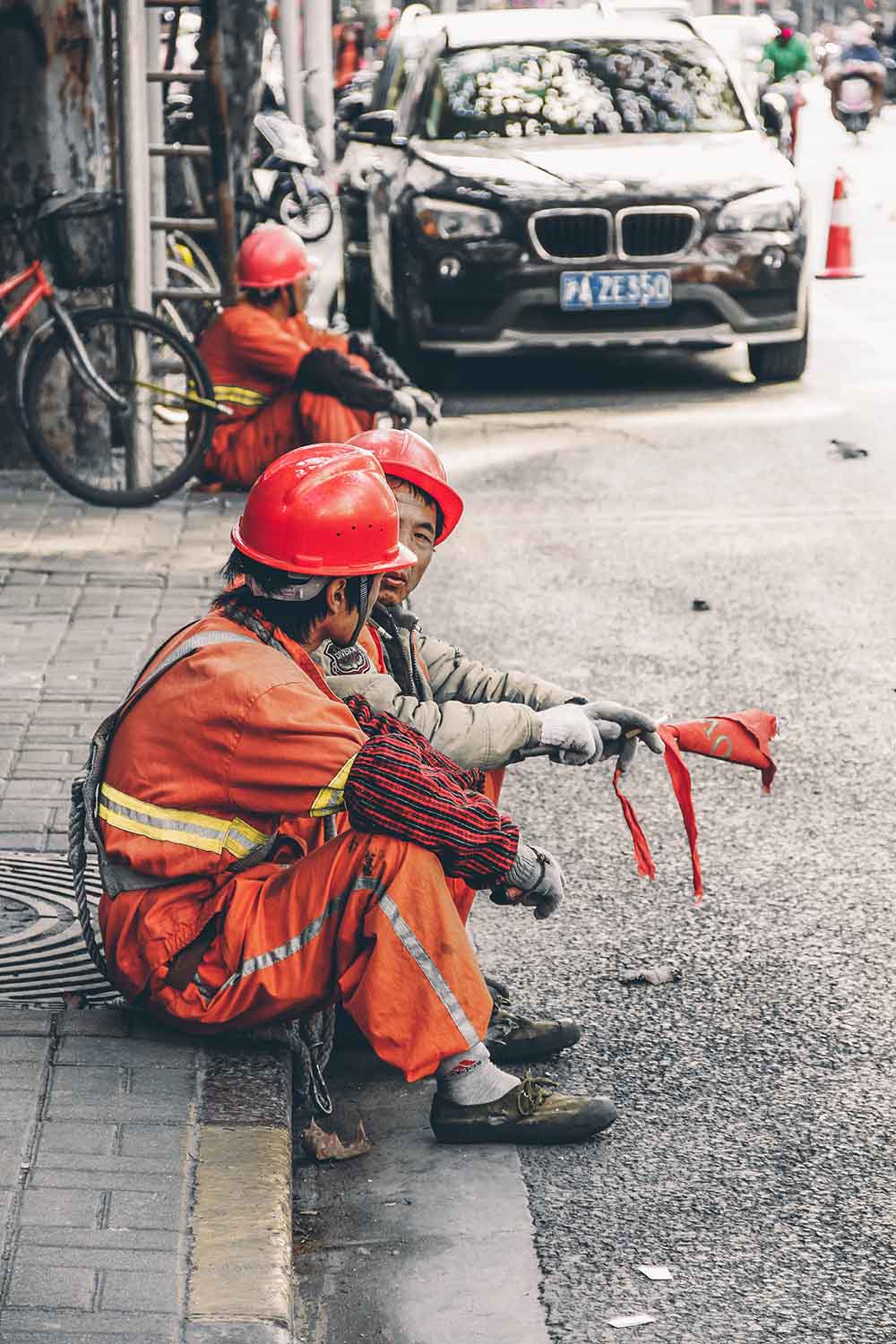
3. Dragon Boat Festival
端午节
Duānwǔ Jié
Chinese people attach a lot of importance to “dragons,” as they are considered to be a symbol of power. The Dragon Boat Festival or Duānwǔ Jié is celebrated in June every year to commemorate the ancient poet 屈原 (Qū Yuán). It is called the Dragon Boat Festival because dragon boat races are often held in the south of China during this holiday. Since it is celebrated on the fifth day of the fifth month of the Chinese lunar calendar, it is also called “Double Fifth Festival.” They eat 粽子 (zòngzi), sticky rice dumplings wrapped in bamboo leaves, during this festival.
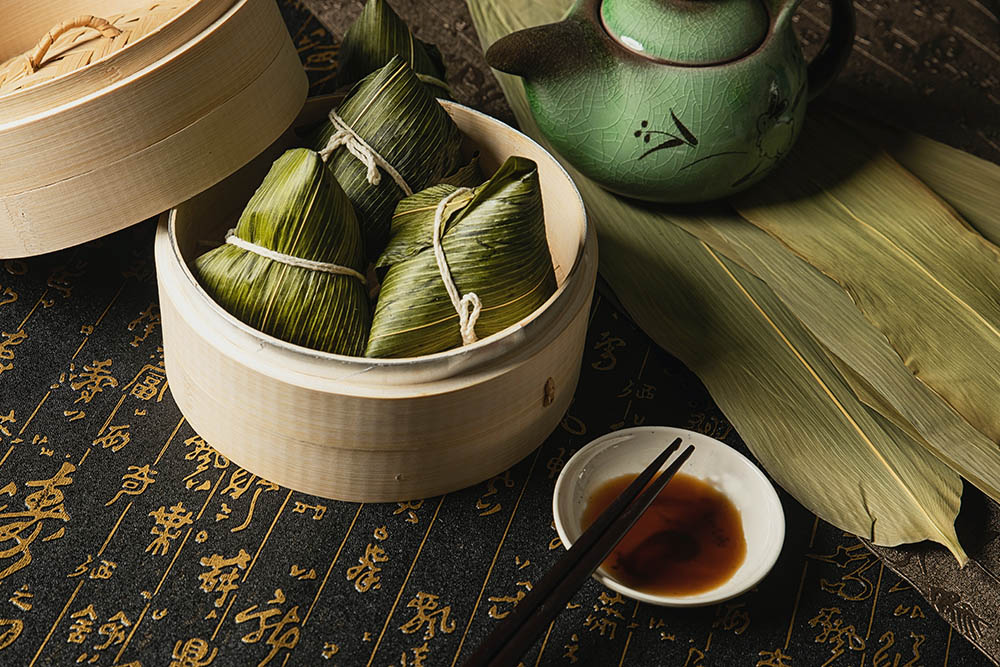
4. Tomb Sweeping Festival
清明节
Qīngmíng Jié
Finally, the Tomb Sweeping Festival or Qīngmíng Jié is a national holiday that falls on April 5th every year. People use this holiday to pay respect to their deceased family members and relatives by visiting their graves to sweep or clean them, burning incense and joss paper or paper money, and offering flowers and food.

We hope this brief introduction to Chinese national holidays has piqued your interest in learning more about Chinese culture. Check out our blog post 7 Things About Chinese Culture First-time Travelers Should Know, to learn more about China and its fascinating culture.



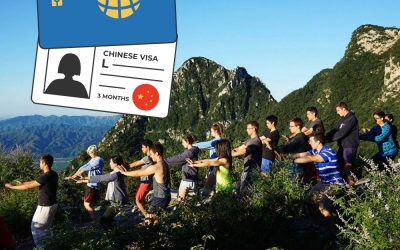




0 Comments